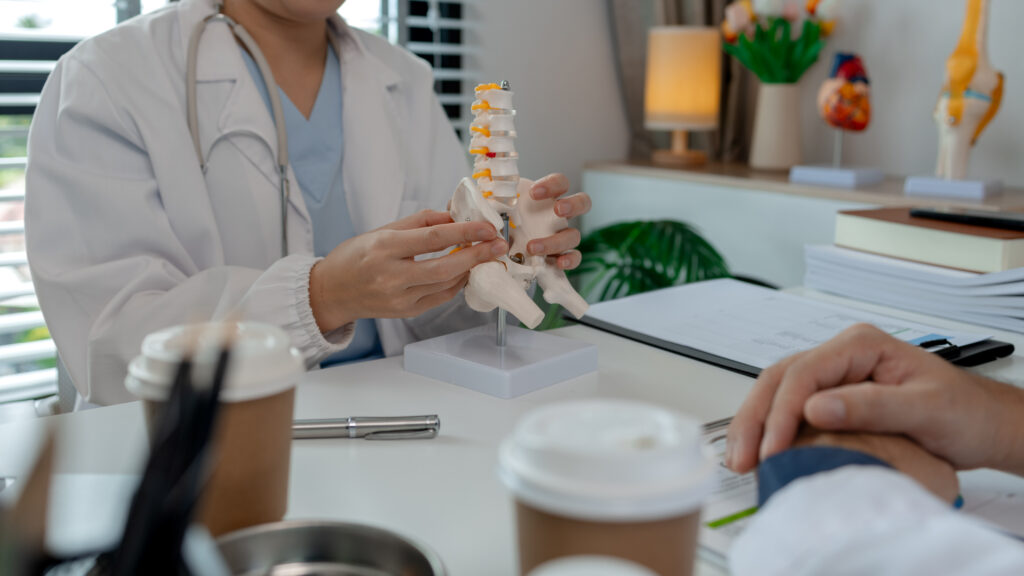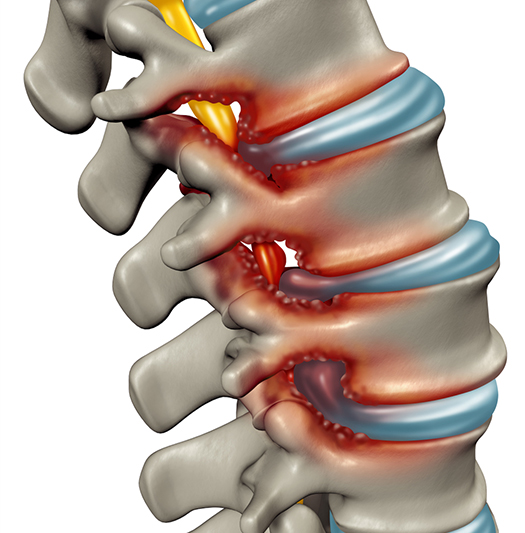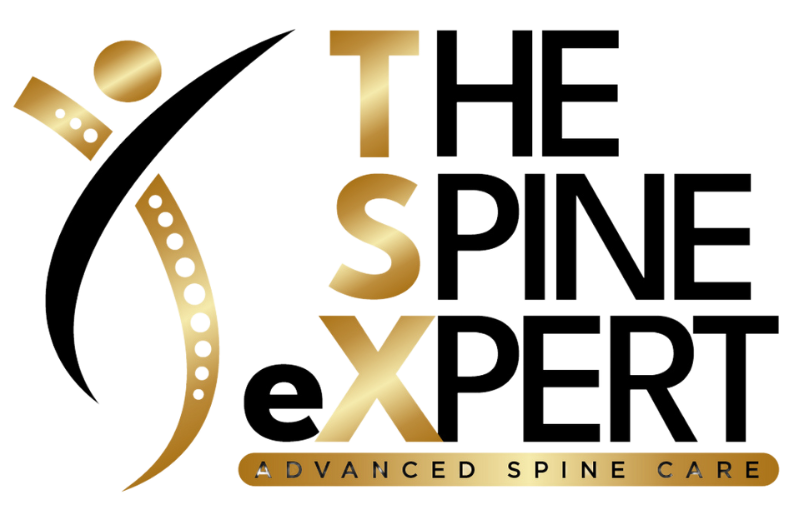Lumbar Canal Stenosis Treatment

Introduction
The spinal cord comprises the vertebrae and a bundle of nerves. Spinal stenosis occurs when the spinal cord becomes too narrow. This restricts the spinal cord and causes compression and irritation. Lumbar canal stenosis develops gradually, which is why it does not show up in tests and X-rays easily.
Spinal stenosis patients experience back or neck pain and tingling in the arms or legs.
Osteoarthritis is one of the most common causes. This is the result of the joints gradually deteriorating over time. Since osteoarthritis starts to weaken most people’s spines by the age of 50, spinal stenosis is common among the elderly. People who are born with narrower spines are more susceptible to this condition.

Symptoms
Significant discomfort can result from lumbar canal stenosis, which frequently affects mobility and quality of life of the patient.
- Chronic lower back pain, particularly when walking or standing.
- Weakness, numbness, or tingling in the feet or legs.
- Sciatica, or cramping or pain that travels down the legs.
- Weariness or leg pain that makes it difficult to walk long distances.
- Relief from symptoms when leaning on a support, sitting, or bending forward.
- Loss of coordination or balance in extreme situations.
Causes
Lumbar canal stenosis usually occurs due to degeneration in the spine related to aging or injury.
- Degenerative issues such as thicker ligaments and osteoarthritis.
- The pressure of spinal canal from herniated discs.
- Trauma or spinal damage resulting in bone overgrowth
- The spinal canal narrows as a result of congenital abnormalities.
- Growths or tumors inside the spinal canal.
- One vertebra slipping over another is called spondylolisthesis.
- Diseases that cause inflammation, such as ankylosing spondylitis.
Diagnosis and Treatment
Early diagnosis and tailored treatment can significantly improve outcomes for lumbar canal stenosis.
- A physical examination to assess neurological function, mobility, and symptoms. Imaging tests such as CT, MRI, or X-rays are essential for identifying the reason and visualizing spinal canal narrowing.
- Physical therapy to strengthen the back and increase flexibility, as well as drugs such as muscle relaxants or anti-inflammatory drugs to relieve pain, are part of the initial management.
- Injections of epidural steroids may help lower inflammation in more severe situations. If conservative measures don’t work, surgery like a laminectomy or spinal fusion might be recommended.
Risk Factors
Certain factors can increase the likelihood of developing lumbar canal stenosis.
- Aging is an important factor, the spine undergoes wear and tear.
- A history of spinal injuries or trauma.
- A family history of spinal conditions.
- Obesity, which adds stress to the lower back.
- Occupations involving heavy lifting or repetitive strain on the spine.
- Sedentary lifestyle leads to weak back muscles.
- Conditions like scoliosis or other spinal issues.
